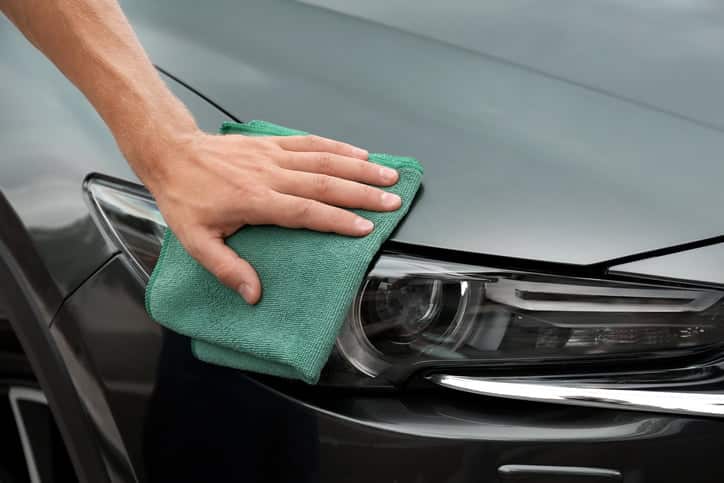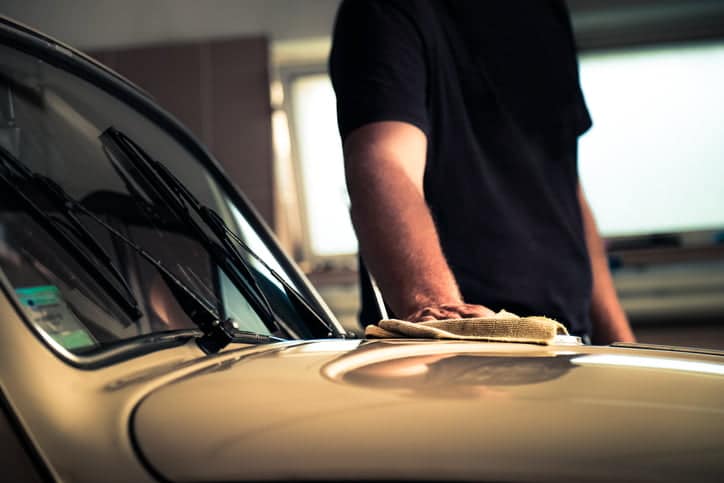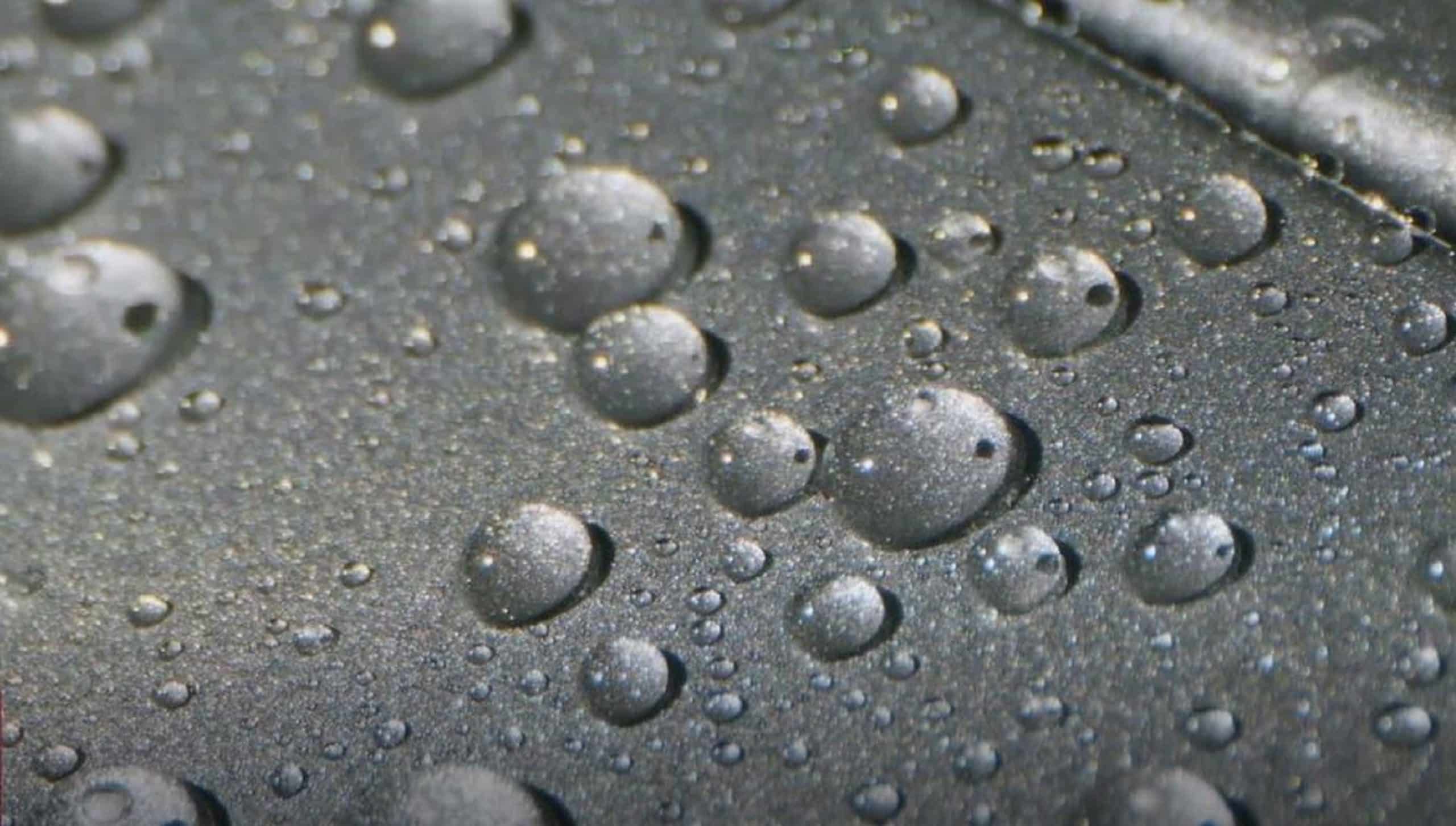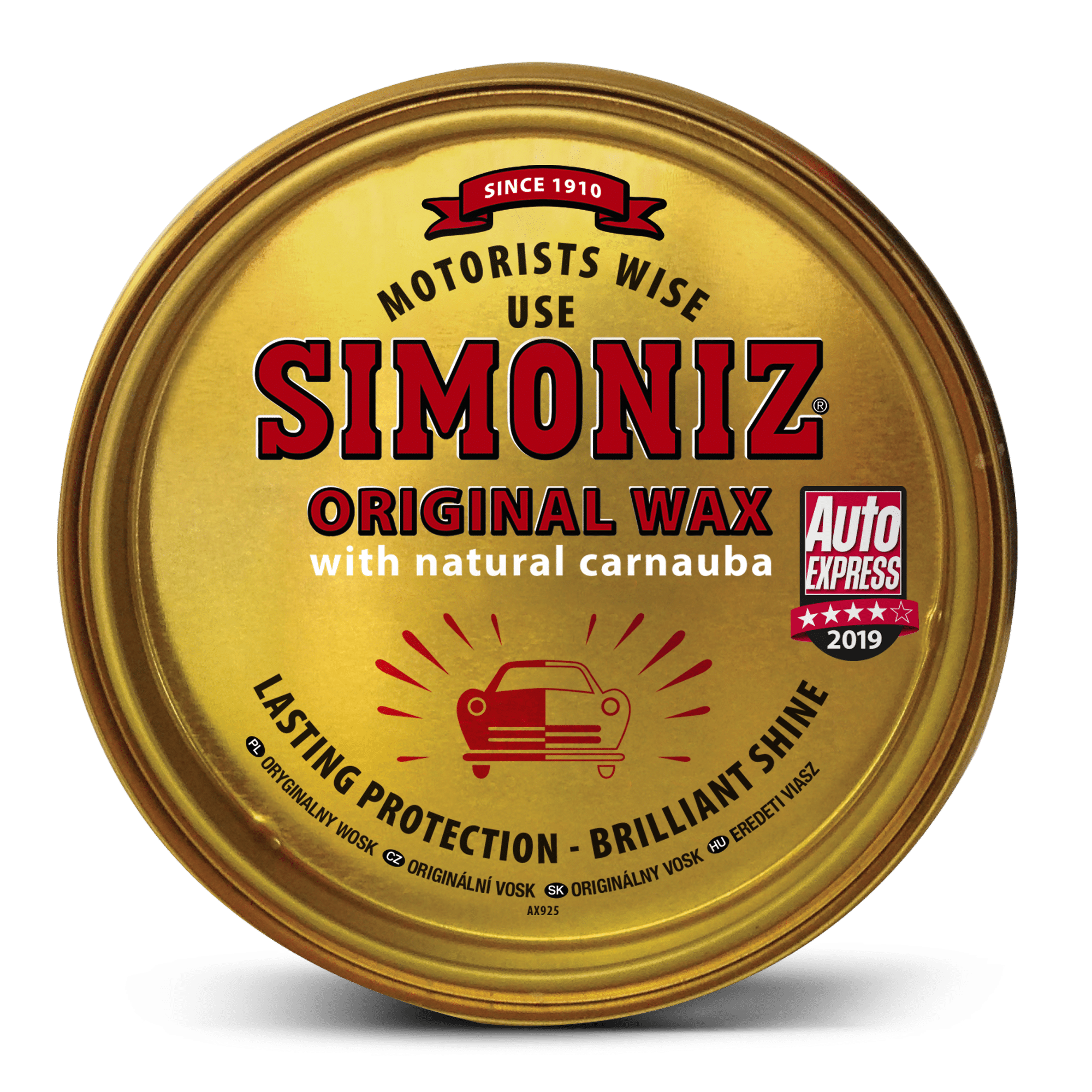Dirt, rain, sun, salt, bird droppings – your car’s paintwork puts up with a lot, which is why a protective coat of wax is so important. But how often should you wax your car? And how can you tell when the paintwork is ready for a fresh coat?
Our car waxing guide provides all the information you need to keep your car looking its shiny best – from how often you should wax the paintwork to tips on application.
Quick Links
When to Wax My Car
Let’s start with a few need-to-knows about when to wax your car: You should apply wax twice a year as a minimum – once in spring ahead of the summer temperatures, and once before winter to protect against rain, snow, salt and hail.
If you want to keep your car protected further, we’d recommend waxing four times a year. However often you choose to wax your car, it’s worth getting into a set routine. If you don’t wax your car regularly enough, it will be left open to cosmetic damage and fading paint, which could affect your car’s resale value.
How to Tell When Your Car Needs Waxing
Deciding whether a car needs waxing can be tricky because the protective layer and shine will reduce very slowly and is imperceptible to the naked eye. Expert valeters and detailing specialists often use gloss measuring devices to help make the decision for them, but it can be hard for car owners to tell when their paintwork is due another coat of wax.

Luckily, we have decades of experience in car care, and are here to pass on the knowledge. Here are some key factors for the driveway detailer to help you decide when it’s best to protect your car’s paintwork.
On the different types of car wax and their effects, Adam Tudor-Lane of Carwitter offers this advice: “The higher the percentage, the harder the wax, and the more difficult it is to apply. It’s a fine balance between ease of use and longevity. Liquid waxes are quicker and need to be used more regularly.”
Remember: waxing your car is an investment, and a little time spent with Simoniz will help your car care regime between washes and beyond.
Season
The time of year plays an important role in when you should wax your car, too. Adam says: “Summer months give wax a far longer lifespan, the weather is often warm and mild with less rain. You can get away with waxing your pride and joy every four months or so.
“Conversely, the winter’s harsh weather means you might need to step up that waxing regime. Nature’s worst is being thrown at your car on an almost daily basis. Road grime, salt and screen wash will all degrade that ultra-fine protective layer at an increased rate. Ideally, you should be waxing once a month, or at the very least every two months when the weather is bad.”
Age
The age of your car and how well it’s been looked after over the years will affect how regularly you need to wax it. New cars shouldn’t need much work, as the paintwork will be new and in good condition, so it will just be a case of making sure it’s suitably protected. If you’ve bought a used car which is a few years old and the paintwork is dull and scratched, it’s probably not been cared for. Regular polishing and waxing, and maybe using a colour restorer, will help bring it back to life.

How to Wax Your Car
Step 1: Wash and Dry Your Car
It goes without saying that your car should be clean and dry before you think about applying wax. Use a good-quality car shampoo and the two-bucket method (to prevent grit damaging the paintwork), before drying everything off with a chamois or microfibre towel. If the paintwork has any swirl marks or light scratches, consider polishing it to remove these before you apply a coat of wax.
Step 2: Waxing Your Car
We’d recommend using a hard car wax like Simoniz Original Wax, as this provides the very best protection for your car’s paintwork. Apply a small amount of wax with a clean cloth to a small section at a time. Then, with a second cloth, buff the wax to a high shine before moving on to the next section. Using this method will ensure wax doesn’t set hard on the paintwork, making it difficult to remove.
Tip – dampen your applicator cloth before applying wax to make it easier to spread the wax evenly on the paintwork; this will also prevent the wax drying out, giving you more time to buff it.
Step 3 – Use a Detailer Wax Between Applications
Between scheduled wax applications, you can top up your car’s protective wax layer with a detailer spray product, like Simoniz Quickshine. This will give your paintwork a glossy finish while ensuring that it’s always protected, which is important if you’re only waxing your car twice a year.
Expert Tips for Easy Car Wax Application
Here, Simoniz Chemist, Phil Carruthers, provides his essential top tips for applying wax to your car:
- Take your time – waxing your vehicle is a disciplined process that requires care.
- Park the car in an area that’s shaded so the wax won’t dry too quickly.
- Ensure the wash mitt is rinsed often to remove debris.
- Use the microfiber towel when drying the vehicle, this stops unsightly water spots – you want your car looking as freshly buffed as possible. Likewise, a vertical or horizontal waxing method prevents swirls from forming. A light coating of wax should be enough to do the trick. Heavy applications make the whole process a little tougher, and if it gets into cracks and crevices, it’ll be difficult to remove.
- Make sure there’s an even application and gently buff the wax off with a microfiber towel when you’re done.
- Something of a motoring myth: you don’t need to wax in its first year. Actually, this isn’t necessarily true. While dealerships in the past advised leaving the paint and undercoats to completely set, your motor should be good for a waxing after only a few weeks.
A Word on Caring for Your Car’s Paintwork
Waxing your car isn’t just about making it shine, it’s about caring for the paintwork, protecting the exterior and helping to maintain the car’s value.
Paints are the last line of defence for your car’s bodywork. Automotive paints are designed to be tough, durable and flexible, but modern cars use water-based paints which can be softer than older paints. Abrasion due to weathering and washing creates swirl marks and minor scratches that can drastically reduce the gloss level, leaving the paintwork dull.
Using a good-quality paint restorer; minor blemishes, oxidation and swirl marks can be easily removed. Applying wax on the top layer will improve the gloss and give a brilliant shine that can last for a whole year.
With a fantastic range of waxes to suit everyone’s needs, Simoniz protects your car all year round with shine guaranteed. To browse the full range of cleaning and detailing products, visit our products page. Or, for more car care tips and how-to guides, check out the rest of the Simoniz blog.


